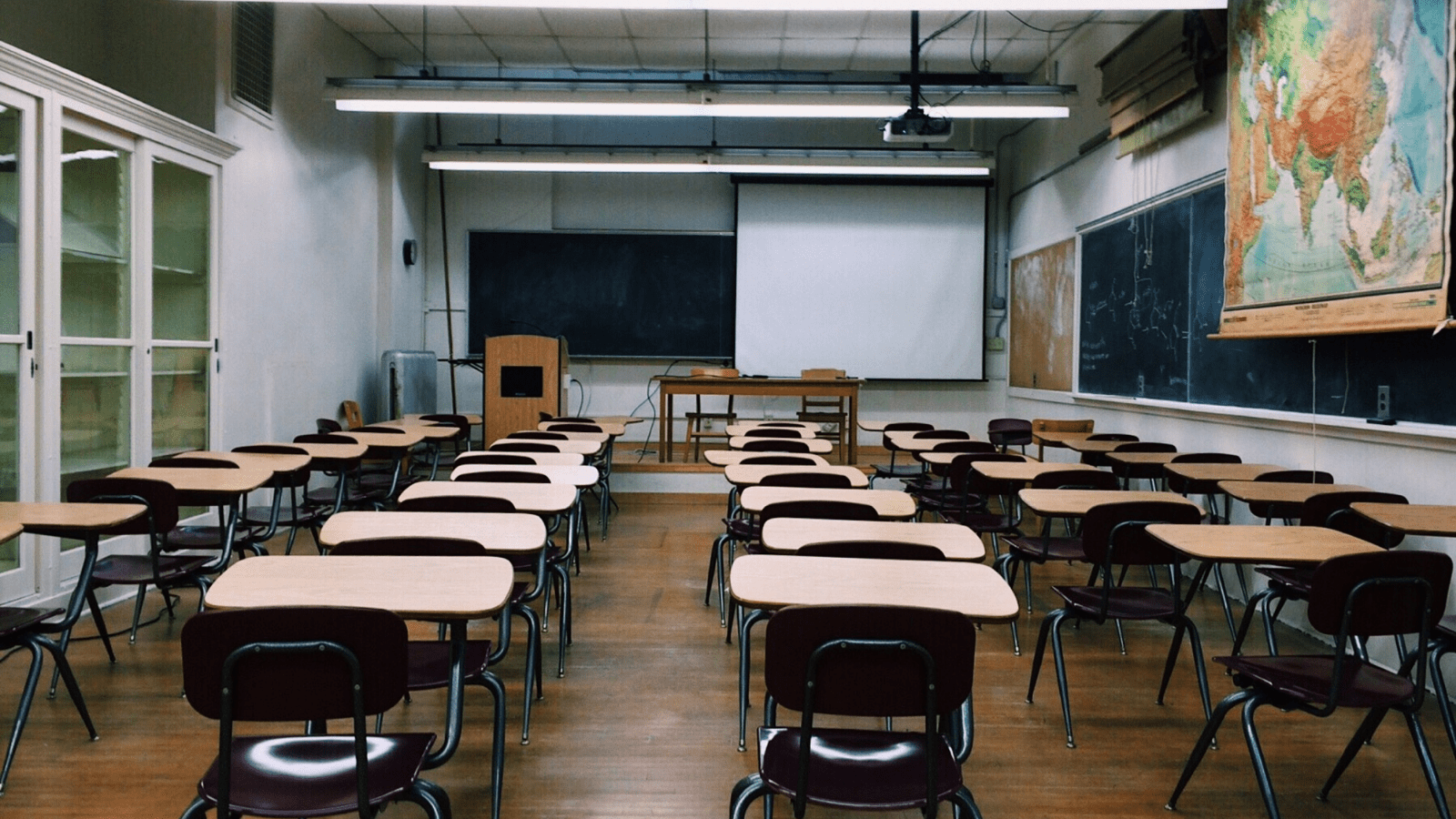
Every year, the USAC’s filing window for its E-Rate program seems to sneak up faster than before. Certainly, that’s true now, as we enter our third year of a global pandemic that’s straining internet connectivity for school systems across the country.
That’s why we sat down with Martin Mueller and Ronda Plummer, UPN’s in-house E-Rate fiber infrastructure experts, to deliver straightforward details to our community. Particularly for K-12 school districts struggling to keep pace with growing connectivity needs during the pandemic, now is the time for clear, helpful information about the best way to tap into E-Rate funds. Keep reading to learn more about E-Rate for schools and libraries.
Note: The E-Rate filing window for the 2022 funding year is open Jan. 12 through March 22, 2022. That means that Feb. 22 is the final day to certify an FCC Form 470.
Q: First of all, let’s set the stage by chatting about the E-Rate timeline. Where are we in the process right now?
A: I’d say about 60% of school systems have already filed their applications for service, meaning they’ve already filed their Form 470 and asked for proposals and pricing from service providers like UPN. Many of those folks haven’t yet made a decision on which proposal(s) to go with, however, they’re starting to. Because applications for service through the Form 470 need to be available to the public for a minimum of 28 days, the deadline of March 22 is really a deadline of Feb. 22. Meaning, if a school or library is looking for service to begin July 1, 2022, they must file their Form 470 (and include an RFP, if needed) no later than Feb. 22.
Q: Many schools and libraries have revamped their networks through E-Rate in the past. Are there still quite a few that can continue to benefit from E-Rate funds even if they’ve used them before?
A: Yes! Schools and libraries continue to ask for more services and greater levels of bandwidth through E-Rate, despite previous funding. Just because there’s a lot of fiber in the ground near a school system doesn’t always mean that bandwidth is delivered correctly or priced competitively. We go into markets all the time that appear to be saturated with fiber. But often, the carriers in the area are either not deploying it appropriately, not providing the products and services that customers want, or not offering a reasonable market rate on a long-term basis.
Q: What trends are you seeing with E-Rate this year?
A: The biggest trend we’re seeing is a continued rise in capacity demand, with more of a focus on performance and resiliency. The bandwidth demands of K-12 school systems and libraries in general have been exacerbated during the pandemic, and that will continue.
The other significant trend we’re seeing is a request for symmetrical bandwidth – meaning the same amount of bandwidth for download and upload of information. UPN has always provided symmetrical bandwidth to our K-12 and library customers. However, prior to the pandemic, many providers would have speeds that met the customers’ needs for downloading information, but their upload speeds were only a fraction of the download speed. The pandemic has highlighted the need for symmetrical bandwidth because attending classes online also requires students to be able to upload their input in class and their homework. With non-symmetrical bandwidth, the bandwidth to upload this information is just not there.
Q: What should E-Rate applicants be focusing on when deciding on a service provider?
A: E-Rate guidelines require that the cost of a project is the most heavily weighted variable — but that’s a far cry from it being the only variable. Too often, school systems and libraries oversimplify it and end up with a very abbreviated evaluation matrix that doesn’t put enough weight on network performance, reputation, references, or the service provider’s ability to support the service. Cost-effectiveness is critical, but decision-makers also need to think about the other aspects that are important to providing service.
Successful applicants often have an evaluation matrix that looks something like this: cost as 40%, reliability as 25%, stable financial partnership as 20%, a U.S.-based network operations center as 5%, an online portal for issuing trouble tickets and viewing network performance as 5%, etc. Most of the time, we see an evaluation matrix that includes about six variables, and we strongly believe a diversity in factors will help schools find the best provider.
Q: How does UPN handle E-Rate projects differently from other providers?
A: First of all, we’ve built 280+ E-Rate networks for schools and libraries across our footprint. So, we know how to get these projects done effectively and economically. When you think about the complexity of E-Rate projects, having an experienced partner with a track record of success, trained experts and a dedicated process management approach is extremely important.
Also, UPN has the right people and processes in place to provide old-school customer care, which is a reoccurring theme throughout our company. When it comes to connectivity, the question isn’t whether an issue will arise, but when. At some point, somebody’s going to dig up the fiber or tear the fiber off the pole, or a natural disaster will occur that’s service-affecting. At UPN, because customer satisfaction is a priority, we have a dedicated, fully staffed NOC in Kansas City that operates 24x7x365. When you call the 800 number, a network technician answers the phone and begins to work the trouble ticket immediately. And, regular updates are provided to the customer as the trouble ticket is processed and brought to resolution.
Also, UPN will share a map of where we plan on building an E-Rate-funded network, which is surprisingly rare. We want our customers to know exactly where we’re going to build fiber. Post installation, we always deliver a very thorough map illustrating the network we constructed. That map demonstrates the thorough thought process that goes into building each network, and it empowers customers to be active partners in managing their own networks.
Q: What’s the #1 mistake you see organizations make when it comes to E-Rate?
A: Schools and libraries often don’t ask for enough services or don’t ask for a broad enough range of services. With E-Rate, you don’t have to buy everything you ask for during the application process. If there are 10 products that you think you may have an interest in at some point in the future, it would help your understanding of those solutions — including feature functionality and pricing — if you asked for all 10. I see a lot of E-Rate customers only ask for two or three.
Another common pitfall is for applicants to ask for very narrow ranges of bandwidth. Typical internet access for schools and libraries, at least from UPN, is 1GB of symmetrical bandwidth. When schools and libraries ask for bandwidth in their E-Rate applications, their request will often say “1GB to 1GB.” That only gives service providers one option to bid on, whereas if you choose “500 Mbps to 5GB,” it’ll give you a better understanding of what’s going on in the market. It also gives you the ability to grow during a multi-term contract as the needs of your staff and students continues to increase in the current environment.
Q: Anything else you’d like to add?
A: Try to be as specific as you can in your bidding process. The more info, the better.
Also, start early on your application if possible. In an ideal world, if I’m thinking about increasing capacity or adopting new technology through E-Rate, I’d put my application out in October and leave it available for 60 days. I might do an RFI 60 days prior to my RFP so that I give many service providers the ability to meet with me and my team and make sure we understand who they are, what they offer, and how we could write our eventual RFP in a manner that would be open to as many providers as possible.
Inevitably, there will be a school district that posts an application on the final day requesting a 100-location fiber network delivered by July 1, and only the incumbent can ramp up that large of a project that quickly. If you truly want a fair, open, competitive bidding process — and the best possible solution for your community — submit your application early, keep it public for a long time, and ask for a broad list of services with an expansive bandwidth range. That’s more work for us service providers, but it gives schools and libraries the advantage.
Finally, future-thinking is critical when preparing your application through E-Rate. The more scalability and options you include in your request, the more flexibility you will have as your needs evolve over a multi-year contract.
Thank you, Martin and Ronda! Connect with Martin here and with Ronda here.
If you’d like to check out the previous installments in our ongoing Q&A series, click here to hear from Justin Brinker, Director of Solution Engineering at UPN; click here to learn about enterprise voice solutions with Steven Davis; and click here for a day in the life of our NOC team with Marcus Prieto.
Learn more about our dark fiber map and read all about our fiber networks.
